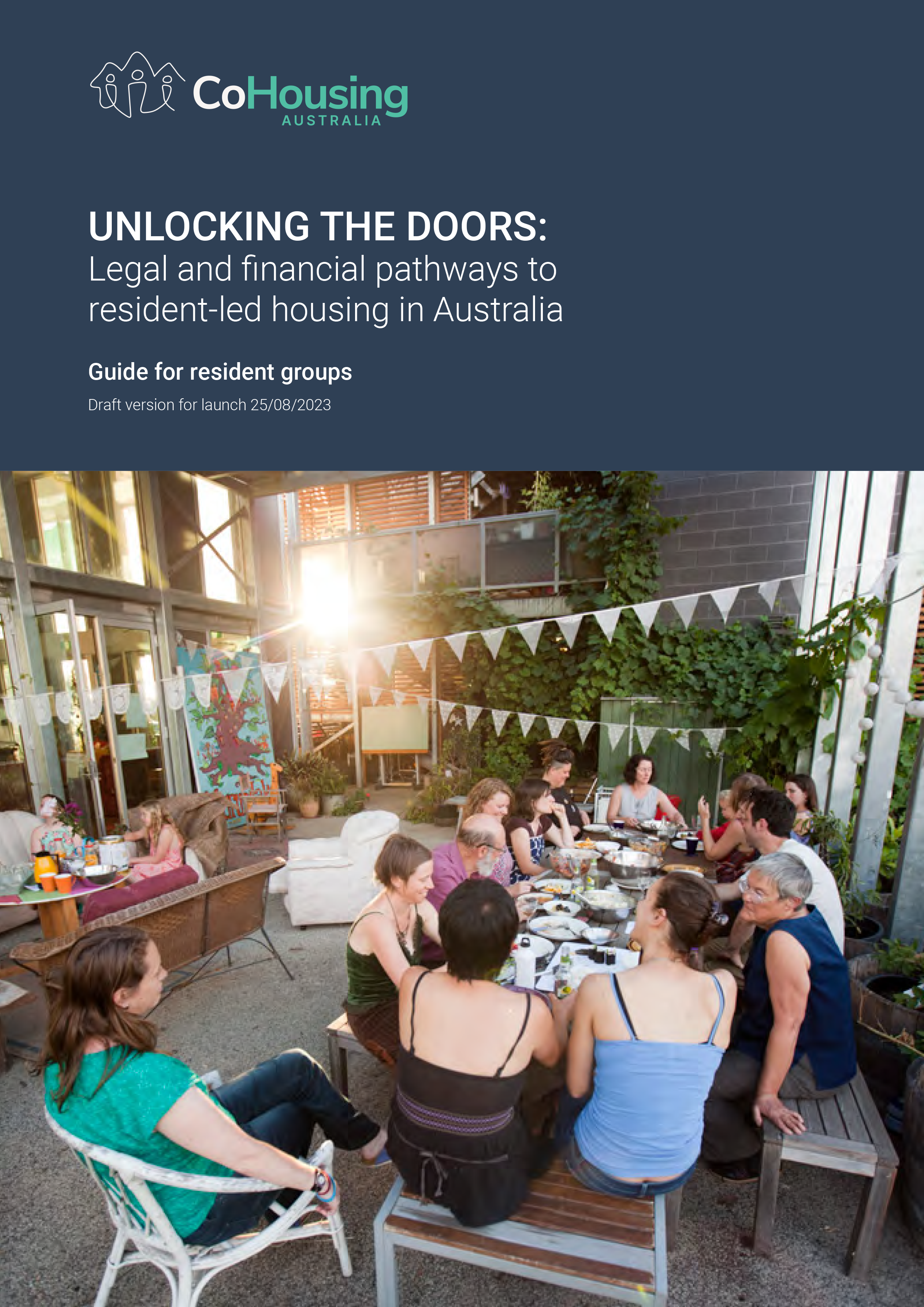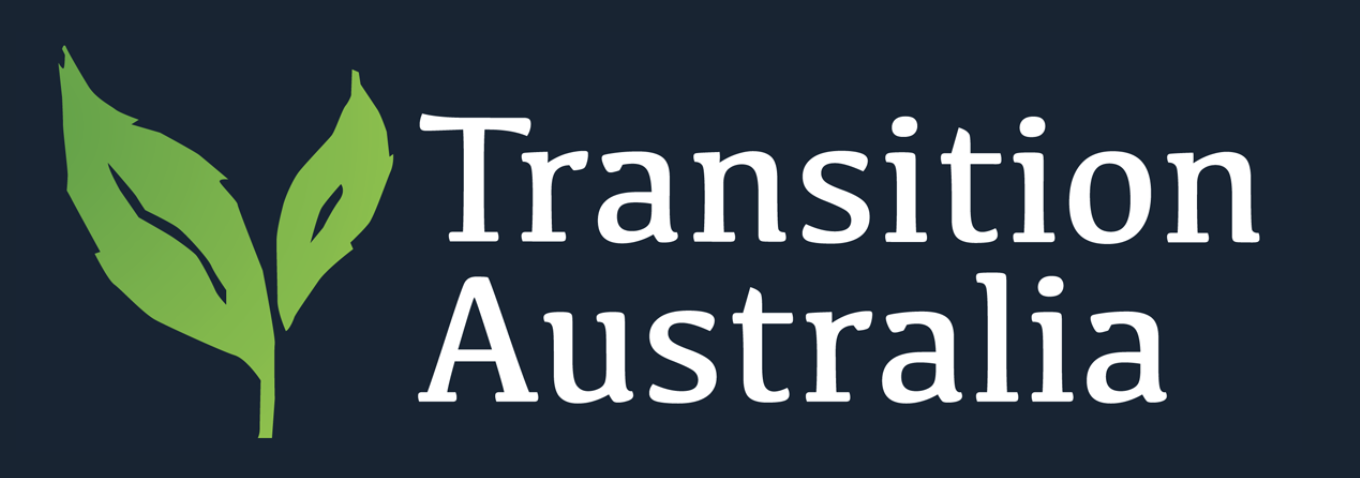Unlocking the doors: the launch of new collaborative housing guide
Monday 21st of July 2025 7:30 pm (AEST)
CoHousing Australia September Webinar
Register in advance to receive the Zoom link to join the webinar
This is going to be a great session!
https://us06web.zoom.us/…/tZAsd…
When
Third Monday of the month
7:30 pm to 9:00 pm (AEST)
Where
Online
Contact
Cassie
info@cohousing.org.au
Areas of Interest

